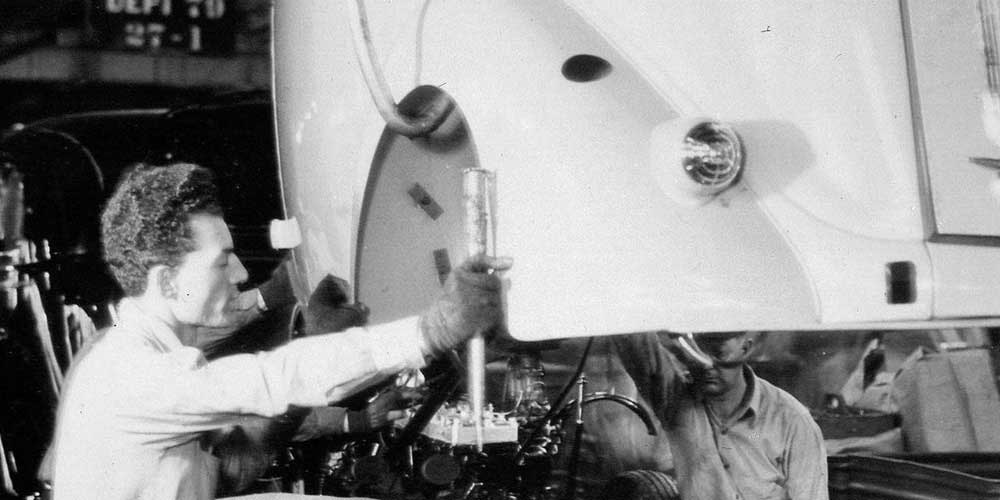By: Robert Tate
Posted: 12.22.2015
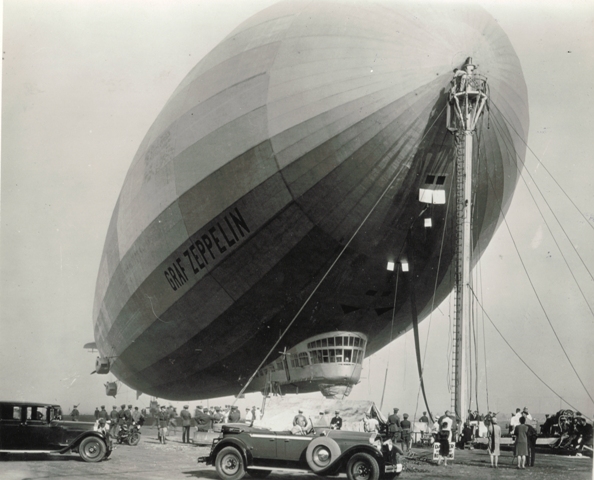
In August, 1929, a fleet of 25 new Packard cars provided ground transportation for a Graf Zeppelin Airship which had just completed an historic trans-continental cruise.
The Graf Zeppelin stopped in Los Angeles while en route to New York. The West Coast distributor for the Packard Motor Car Co., Earle C. Anthony, arranged for the highly publicized event.
Passengers on the airship included pilot Dr. Hugo Eckener and other crew members and dignitaries. Dr. Hugo Eckener, was the chairman of the Zeppelin company, the company that also built the Hindenburg.
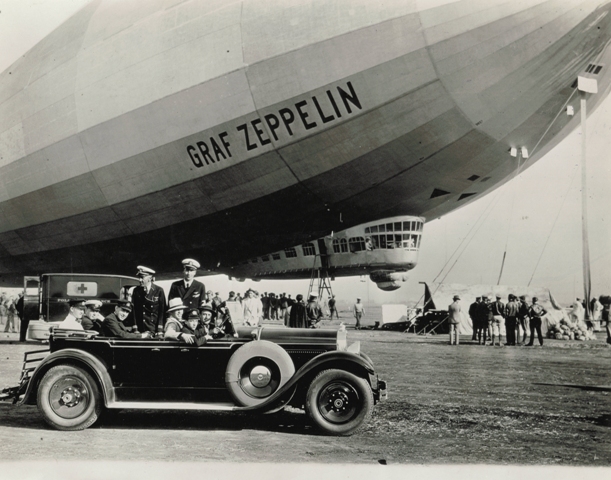
Among the vehicles that were brought to the event was the Packard Standard Eight 633, a model that offered seven body types. The new Packard Standard Eight offered new luxuries and a number of mechanical improvements from previous models.
The year 1929 was a record year for the Packard Motor Car Company. Net sales were approximately $107,542,000 while net profit was $25,912,000. Both the net sales and net profit figures were the highest ever and the company's unprecedented sales volume had demanded further plant expansion in the Detroit-based complex which already contained 79 buildings. The Packard building still stands today.
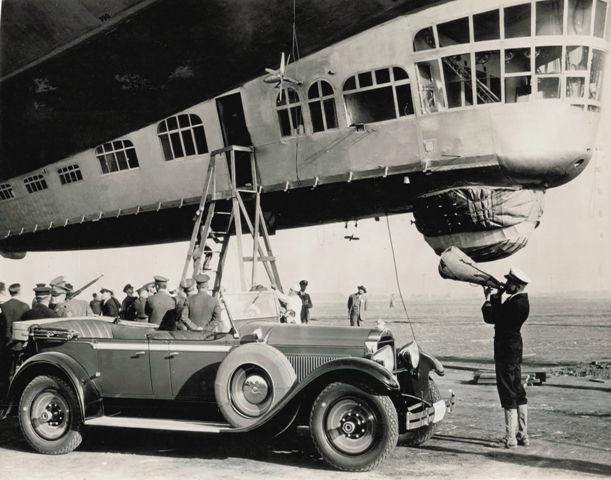
The Packard Model 633 was the company’s mid-priced automobile and positioned to compete with Cadillac's very successful La Salle brand. The model 633 rode on a 133-inch wheelbase and was powered by a 319 cubic inch straight eight engine producing 90 horsepower.
The Graf Zeppelin LZ -127 was one of the most widely traveled passenger airships ever built. The airship made its inaugural flight on Sept. 18, 1928. At 776 feet in length, it was the largest airship to have been built up to that time.
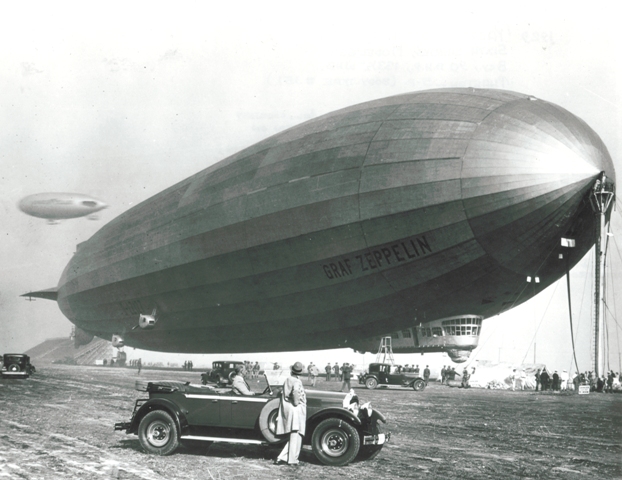
During its nine years of service, it covered over 1 million miles making 590 flights. Unfortunately, the use of Zeppelin airships was short lived and it was labeled as a faulty and dangerous technology design. The airship Zeppelins not only demonstrated the world's interest in air technology, but also led the change in developing safer, faster, and more reliable air craft’s both for commercial, military and industrial use.
A special thanks to Robert Tate, Automotive Historian and Researcher, for donating his story to the MotorCities Story of the Week program.


